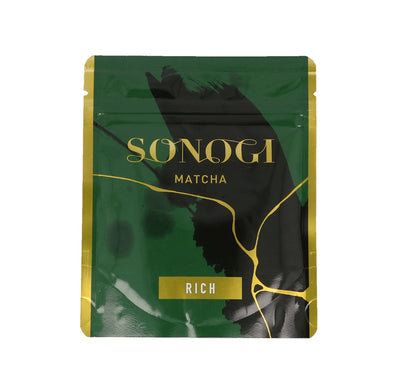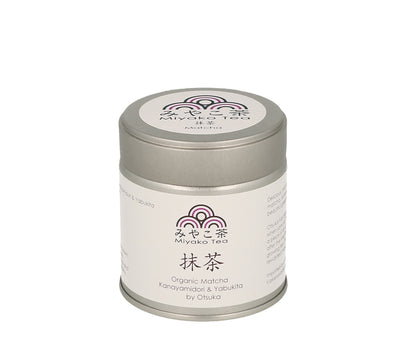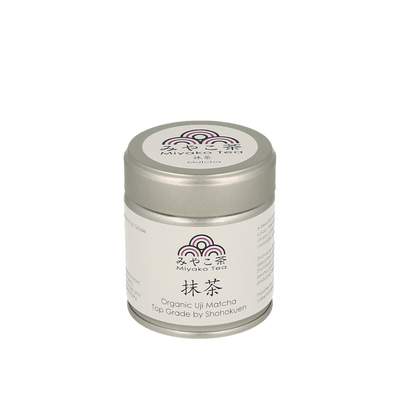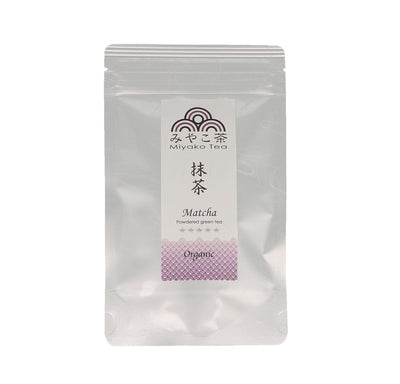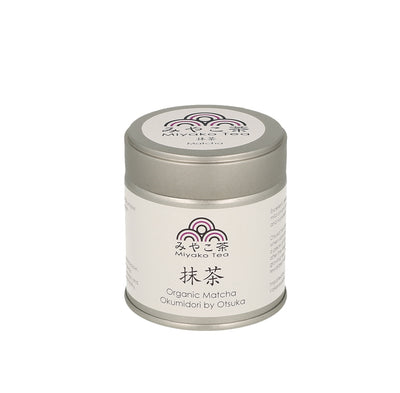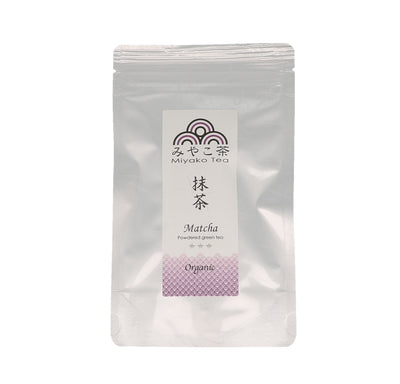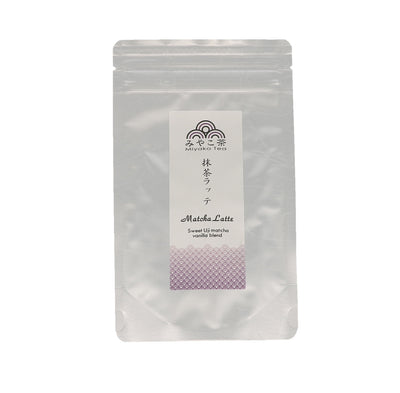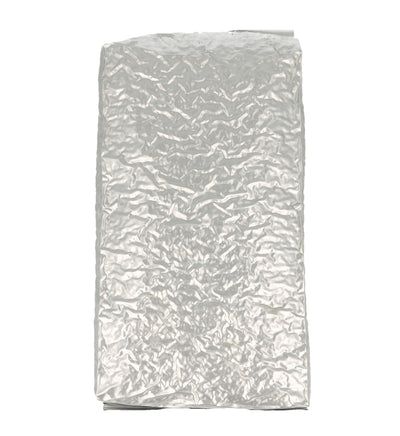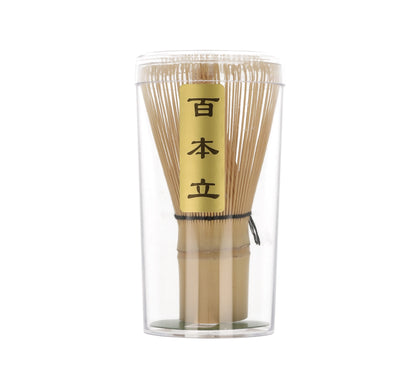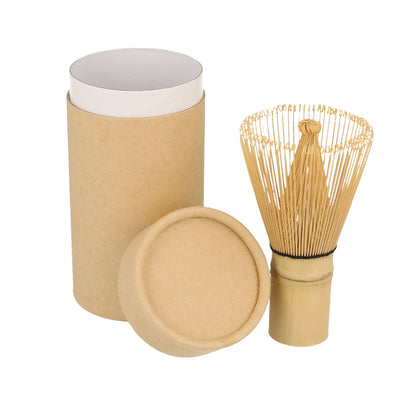A Guide to Matcha: Japan's Green Tea Superfood
Why has matcha captured the attention of tea lovers and health enthusiasts worldwide? In this article, we’ll explore its health benefits, preparation methods, and how to select the perfect matcha for your lifestyle.
Antioxidants in Matcha
Matcha is full of natural compounds called catechins, which are known to be very good for your health. One of the most powerful catechins in matcha is EGCG, which can help lower inflammation, improve heart health, and support weight loss.
Matcha has many more antioxidants than regular green tea because you consume the whole tea leaf instead of just brewing it. It also has more antioxidants than other healthy foods like spinach and blueberries. Drinking matcha can help protect your body from damage caused by harmful substances and keep your cells healthy.
Matcha Energizes and Calms
One of the most remarkable qualities of matcha is its ability to energize without causing jitters. This is due to the unique combination of caffeine and L-theanine, an amino acid found abundantly in matcha.
- Caffeine: Matcha provides a slow, sustained release of energy that lasts several hours.
- L-theanine: Promotes relaxation and focus by calming the mind. Together with caffeine, it creates a state of calm alertness, making matcha an excellent choice for busy mornings or long workdays.
How to Prepare Matcha
Preparing matcha can be a mindful ritual or a quick addition to your daily routine. Follow these steps for a traditional preparation:
Ingredients:
- 1 teaspoon of matcha powder
- 60-80 ml of hot water (approximately 80°C or 175°F)
Instructions:
- Sift the matcha: Use a small sifter to remove clumps for a smoother texture.
- Add water: Place the sifted matcha in a bowl (chawan) and add the hot water.
- Whisk: Use a bamboo whisk (chasen) to whisk the matcha in a zig-zag motion until a frothy layer forms on the surface.
- Enjoy: Sip directly from the bowl or pour into a cup.
For a modern twist, you can prepare matcha lattes, smoothies, or use it in recipes for desserts like matcha ice cream or cakes.
How Does Matcha Taste?
The flavor of matcha is distinct and depends on its quality:
- The highest-grades matcha have a smooth, umami-rich taste with subtle sweetness and no bitterness.
- Lower-grade matcha may taste more astringent or earthy, making it better suited for cooking.
High-quality matcha has a creamy texture and vibrant green color, which reflects its freshness and nutrient content.
Types of Matcha
Matcha is categorized into two main types based on its intended use:
Ceremonial-Grade Matcha
- Highest quality, made from the youngest tea leaves.
- Best suited for traditional preparation and sipping.
- Vibrant green color, smooth texture, and rich umami flavor.
Culinary-Grade Matcha
- Slightly lower quality but still nutrient-rich.
- Used in culinary purposes for its flavor and health benefits.
- Darker green color and stronger taste.
How to Select and Store Matcha
Selecting High-Quality Matcha
When shopping for matcha, look for:
- Color: Vibrant green indicates freshness and quality.
- Origin: High-quality matcha is sourced from Japan, especially Uji.
- Texture: Fine, smooth powder without clumps.
- Packaging: Airtight, light-proof containers preserve freshness.
Storing Matcha
To maintain its freshness:
- Store matcha in an airtight container, away from heat, light, and moisture.
- Keep it in the refrigerator or a cool place and ensure it is tightly sealed to avoid absorbing odors.
Matcha Production
Matcha’s unique qualities are a result of its specialized production process:
- Shading: Tea plants are covered with straw or synthetic shading materials for about 20–40 days before harvest. This increases chlorophyll content, giving matcha its vibrant green color, and enhances the amino acid profile, boosting umami flavor.
- Harvesting: Only the youngest, most tender leaves are handpicked.
- Steaming: Leaves are quickly steamed to prevent oxidation.
- Drying and Sorting: Leaves are dried and sorted to remove stems and veins, resulting in tencha, the base material for matcha.
- Grinding: Tencha is stone-ground into a fine powder using traditional granite mills.
The entire process is labor-intensive, contributing to matcha’s premium quality and price.
Origins of Matcha
Historical Background
Matcha originated in China during the Tang Dynasty (618–907 CE), where tea leaves were steamed and formed into bricks for easy transport. This method evolved into powdered tea during the Song Dynasty (960–1279 CE), and Japanese monks brought the tradition to Japan in the late 12th century.
Development in Japan
Matcha gained prominence in Japan during the Kamakura Period (1185–1333) as part of Zen Buddhist rituals. It became the centerpiece of chanoyu, the Japanese tea ceremony, which emphasizes mindfulness and harmony.
Today, Japan remains the world’s leading producer of matcha, with regions like Uji renowned for their high-quality production.
FAQs
What makes matcha different from regular green tea?
Unlike regular green tea, where leaves are brewed, matcha involves consuming the entire leaf in powdered form. This results in a higher concentration of nutrients and antioxidants.
Does matcha have more caffeine than coffee?
Matcha contains less caffeine than coffee per serving but delivers a more sustained energy boost due to the presence of L-theanine. This combination promotes calm focus rather than the jitters.
Is matcha good for weight loss?
Yes, matcha’s high catechin content can help boost metabolism and support fat oxidation, making it a popular choice for weight management.
Can I drink matcha every day?
Absolutely! Drinking matcha daily can provide consistent health benefits, including improved focus, better digestion, and a stronger immune system. Moderation is key, as matcha does contain caffeine.
How do I know if my matcha is fresh?
Fresh matcha has a vibrant green color, a fine texture, and a grassy, sweet aroma. Dull, yellowish matcha may indicate poor quality or age.
Can I use culinary-grade matcha for drinking?
While you can drink culinary-grade matcha, it’s better suited for recipes. For the best drinking experience, opt for ceremonial-grade matcha.
